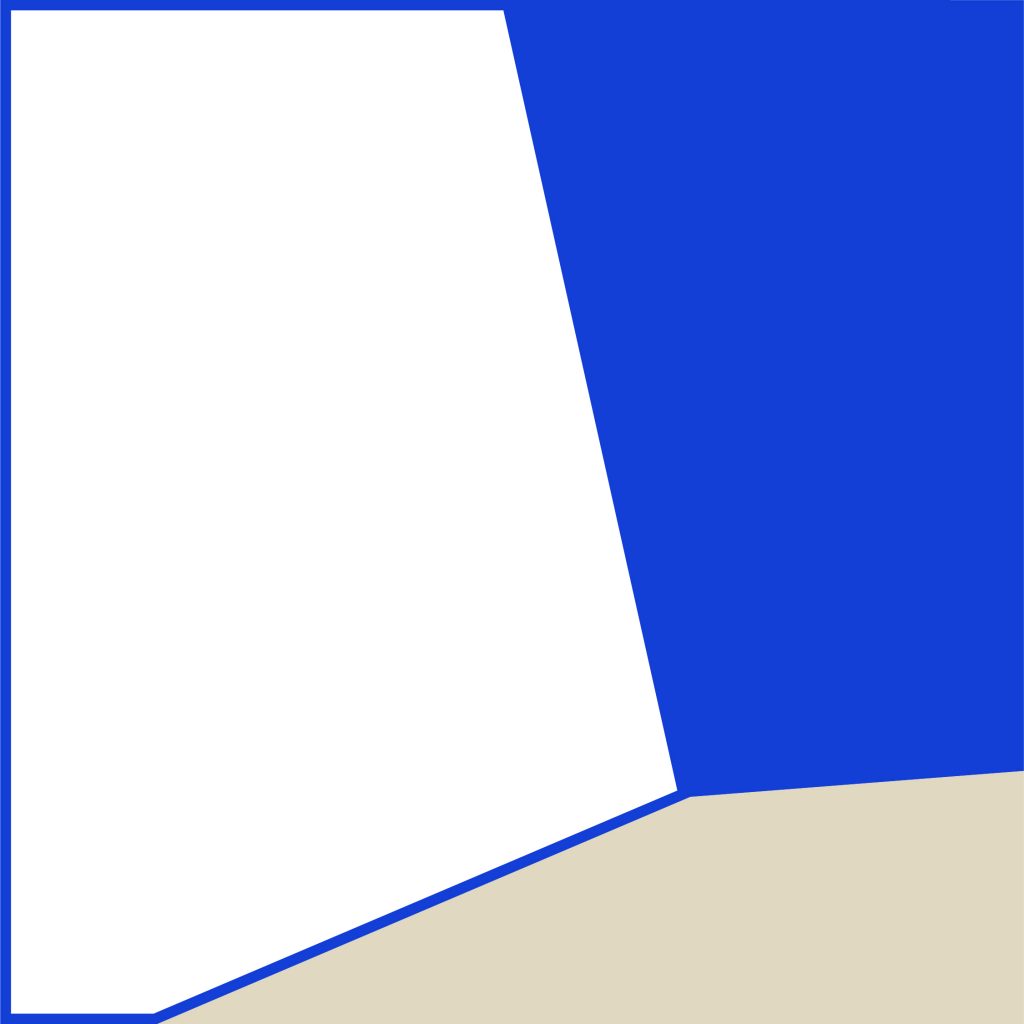‘So this world that we imagine in this room, might be used to gain access to other rooms, to other worlds, previously unimaginable.’*
Treading softly downstairs to the friend who’s sneaking you out for the night / Bodily relief as the person you’re trying not to disappoint says ‘I know you’re wondering how to get through the day.’ / The feeling that the annoyed cry of a stranger further down the beach is also your own, as a gust of wind blows sand into your faces / The warmth left on a seat after someone leaves / How quickly the dust settles on the surface of your glass of water, which you give to your plants / Coming back to yourself in the hard acoustics of the small toilet, suddenly quiet and separate from your friends / Waking up together somewhere safe.
Support structures extend in complex webs in which we are inextricably, helplessly tangled. These structures can be fragile, sometimes rough and awkward. Often, they are hardly-noticed gestures, feelings and atmospheres, like the texture of a blanket in a hospital that is soft to the touch or the sound of a voice that sustains a memory. They can emerge from our local environment and they are built from tiny details and with care, attention and tacit understandings. These structures of support form a kind of erratic vernacular architecture, woven together with stories that are gathered, shared and reconfigured. They might keep things going or nudge us toward repair and restoration. They can give us the capacity to imagine, daydream and hope when it feels as if there is little time, space or energy to do so.
At certain periods –– like the one we are living in now –– these webs of support and the care and work that builds them up may come into relief. Often, it is these moments that show us how to move out of the closed, dark room of individualism and competition into a vast web of interdependencies.
This exhibition brings together Rupert’s past residents and an alternative education participant through new work commissions and existing artworks. The exhibition is organised in collaboration with the ‘Artists’ Association Gallery’ and is connected with Rupert’s 2020 public programmes that are guided by and explore practices of care and interdependence.
*Lana Wachowski, co-director and co-writer of The Matrix, in her acceptance speech for the ‘Visibility Award’ at the Human Rights Campaign awards in 2012. She was awarded for using her public platform to foreground trans rights by speaking about her own experience.
